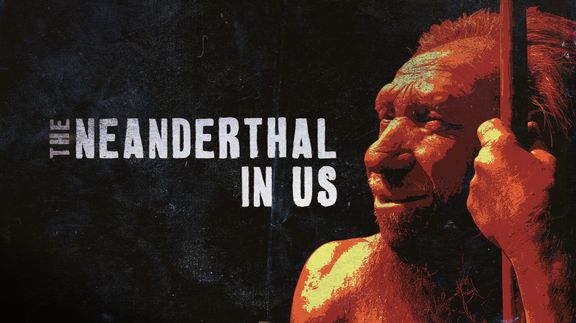

The Neanderthal in Us
The Neanderthal is said to have been the 'First European', our distant relation from the Ice Age. Since the first bones were discovered in Germany in 1856, they've been shrouded in mystery. Today, modern science is producing a cascade of new information about who they were, how they lived, and why they disappeared 30,000 years ago. We're beginning to see just how close they were to modern humans.
The Neanderthal is said to have been the 'First European', our distant relation from the Ice Age. Since the first bones were discovered in Germany in 1856, they've been shrouded in mystery. Today, modern science is producing a cascade of new information about who they were, how they lived, and why they disappeared 30,000 years ago. We're beginning to see just how close they were to modern humans.
Related Articles
View AllAfter 3.2 Million Years, 'Lucy' Has Her 50th Anniversary
Fifty years ago, paleontologists discovered the 3.2 million-year-old skeleton of a diminutive ancestor of modern humans who towers over our understanding of human origins. They…
Overpopulation Has a Solution: But Can We Get There?
Lowering the birth rate may be the “magic bullet” for addressing current and future climate and population emergencies. But governments are not always in alignment with scientific…
Tools of the Neolithic Era: Inventing a New Age
The Neolithic Era was the final stage of technological development for prehistoric humans. Read more about Neolithic tools from this study of Neolithic history.